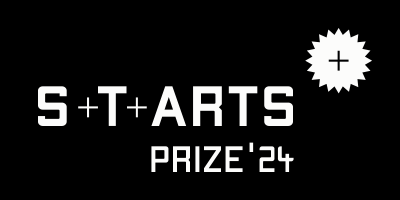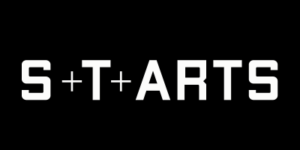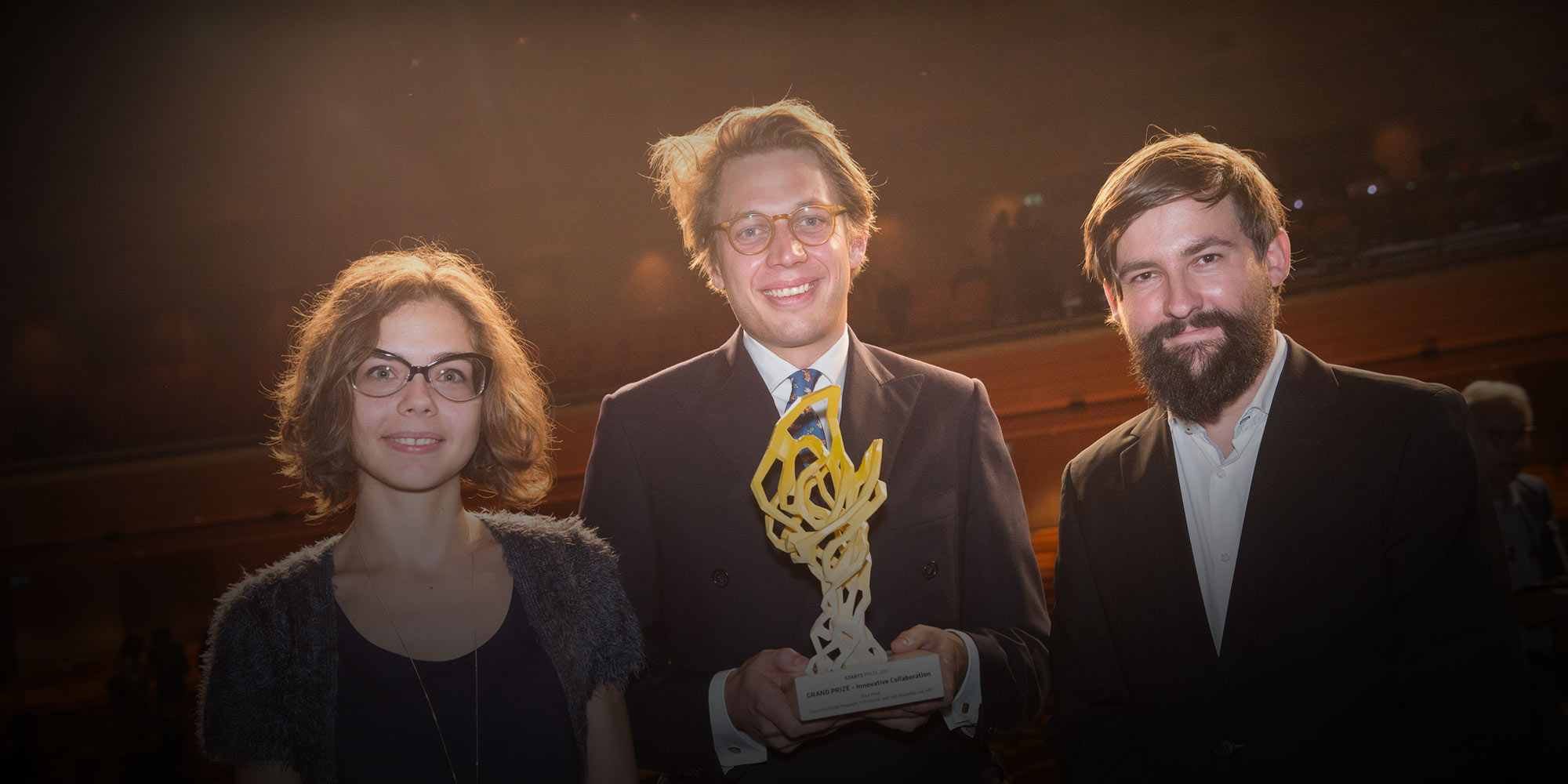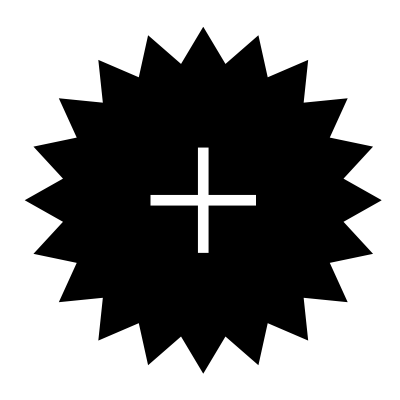These are the winners of the S+T+ARTS Prize – Grand prize of the European Commission honoring Innovation in Technology, Industry and Society stimulated by the Arts:
Grand Prizes 2017
-
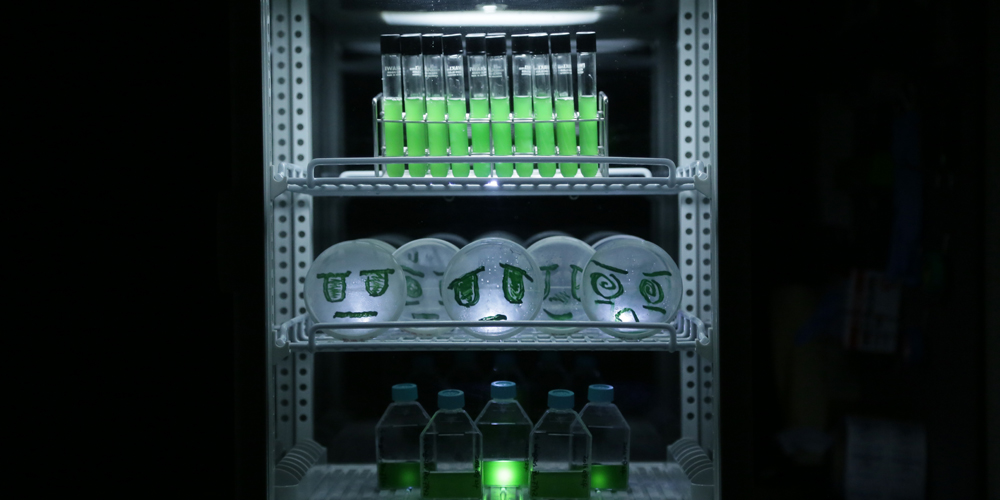
I’m Humanity
Etsuko Yakushimaru
In l’m Humanity, Yakushimaru makes pop music with the use of the nucleic acid sequence of Synechococcus, which is a type of cyanobacteria. The musical information is converted into a genetic code, which was used to create a long DNA sequence comprising three con-nected nucleic acid sequences. The DNA was artificially composited and incorporated into…
-
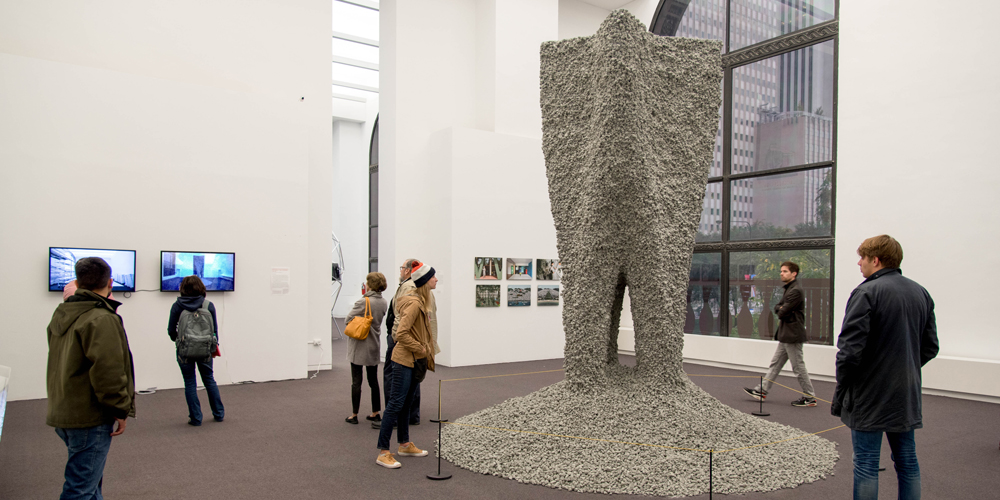
Rock Print
Gramazio Kohler Research, ETH Zurich, und Self-Assembly Lab, MIT
Rock Print shows the potential of using granular jamming for architectural purposes. These principles are applicable to a large range of granular materials which allow for use of local materials, and the fact that they can be fully returned to their original state points towards a truly sustainable construction method.
Honorary Mentions 2017
-
![[IGNIS AER AQUA TERRA]](https://ars.electronica.art/starts-prize/files/2017/05/ignisaer.jpg)
[IGNIS AER AQUA TERRA]
Yuima Nakazato
This is based on a long-term project towards a vision for the future in which Yuima Nakazato would like to realize: “to each individual, his own design”. lf clothing can be created without being sewn, the concept of designing, manufacturing, and distribution will change greatly. Designing for specific individuals will be made possible. Each item…
-

3arabizi Keyboard
Hadeer Omar
3arabizi is an Arabic chat language used for texting or writing in Arabic. The users don’t speak the language, they simply use their hands and fingers to communicate in it on different platforms.
-
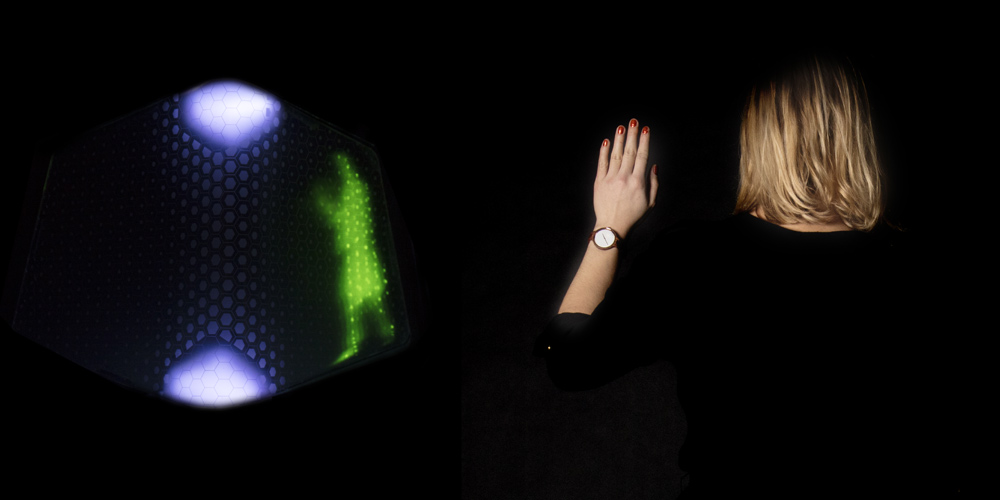
Blink: Humanising Autonomy
Adam Bernstein, Raunaq Bose, Leslie Nooteboom, Maya Pindeus
Blink involves material embedded into the four corners of the autonomous vehicle, which display the silhouettes of pedestrians around the vehicle to show that the vehicle has acknowledged their presence. lf the intention of the pedestrian is unclear, Blink flashes their silhouette and emits a tone to ask the pedestrian what they want to do.…
-
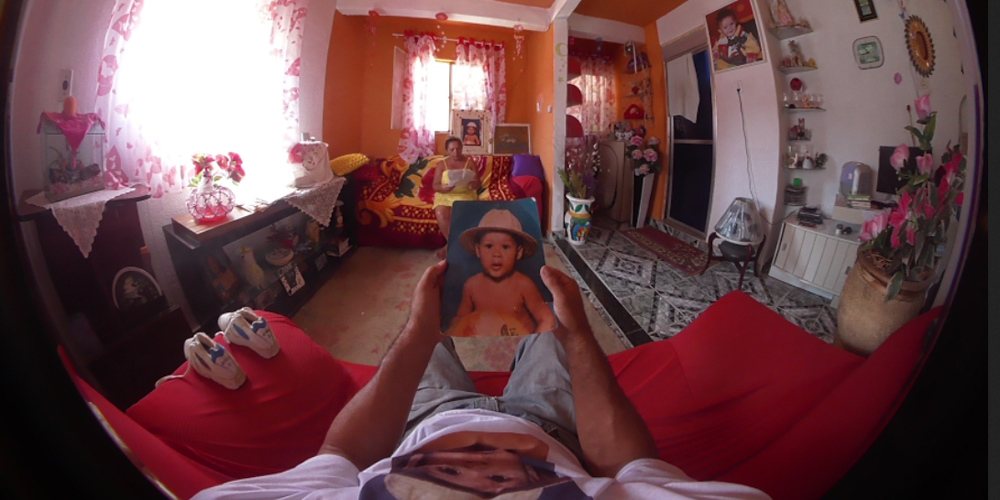
Library of Ourselves
BeAnotherLab
Library of Ourselves is an interdisciplinary and distributed project to create transformative encounters between communities in conflict. It was built using The Machine To Be Another (TMBA), a highly adaptable Creative Commons system that bridges cognitive science and virtual reality techniques to create empathic-driven experiences.
-
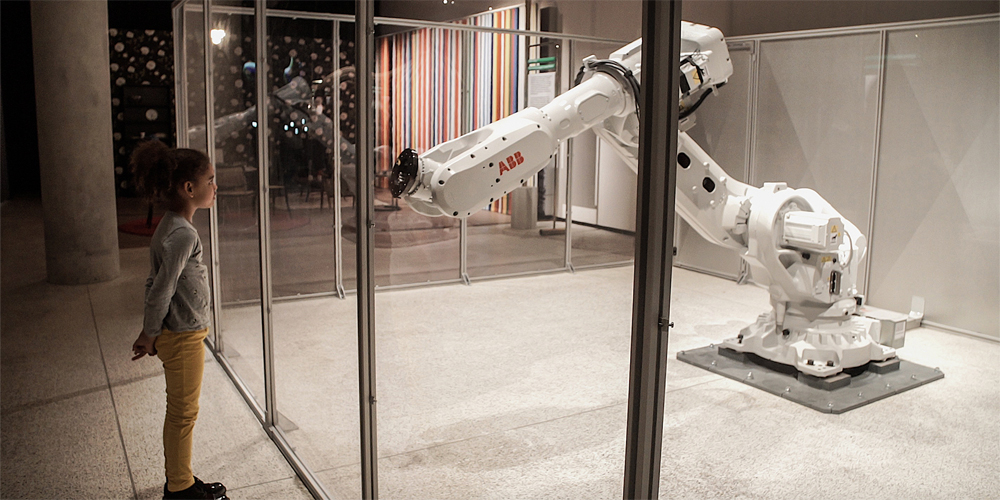
Mimus: Coming face-to-face with our companion species
Madeline Gannon
Mimus is a giant industrial robot that’s curious about the world around her. Unlike in traditional industrial robots, Mimus has no pre-planned movements–she is programmed with the autonomy to roam about her enclosure. Mimus has no eyes, however she uses sensors embedded in the ceiling to see everyone around her simultaneously. lf she finds you…
-
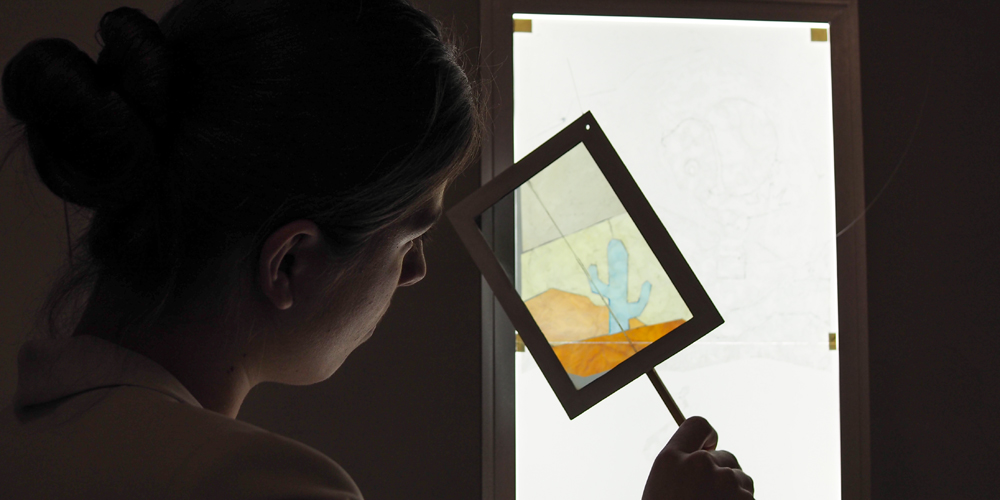
nonvisual-art
Lisa Buttinger
nonvisual-art is an image that, at first glance, seemingly doesn’t even exist optically. But upon closer inspection, an enchanted world appears—a hidden domain brought to light by light. The image materializes via the refraction of light on the surface of elements made of cellophane foil and air bubbles trapped in an adhesive substance. The positioning…
-
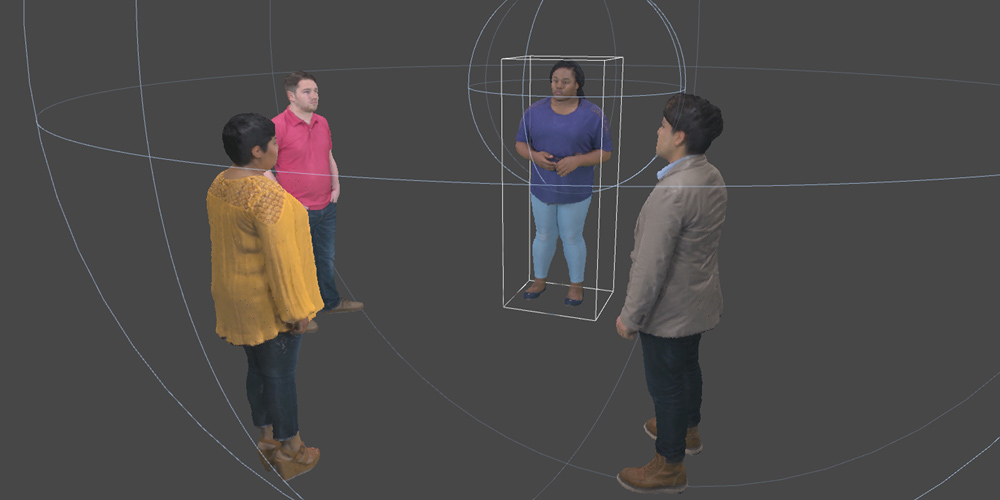
Out of Exile
Nonny de la Peña, Emblematic Group
When Daniel Ashley Pierce is confronted about his sexual orientation by his family in a “religious intervention,” the scene becomes startlingly dramatic and violent. Using real audio combined with virtual reality to put the audience inside the story, Out of Exile is a powerful parable of the kind of hostility faced by so many in…
-
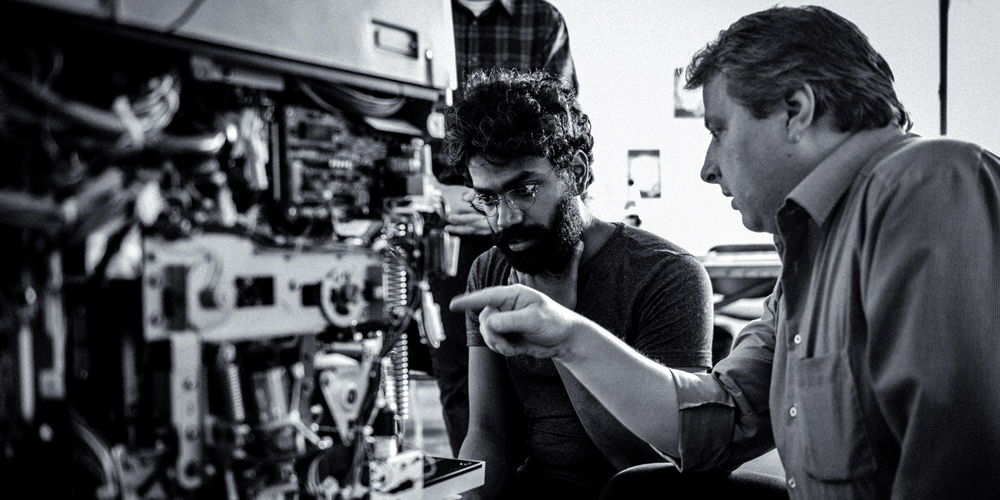
Research Institute for Arts and Technology
Research Institute for Arts and Technology
Production in the 21st century works with distributed authorship and identities-artists present their processes “coded” in the fragmentations of global networks. Contemporary artistic output is developed out of collective inquiries, research processes are results of distributed agency between humans, machines, and programs. There is nothing more than to leave ‘traces’, not to produce “final” products…
-
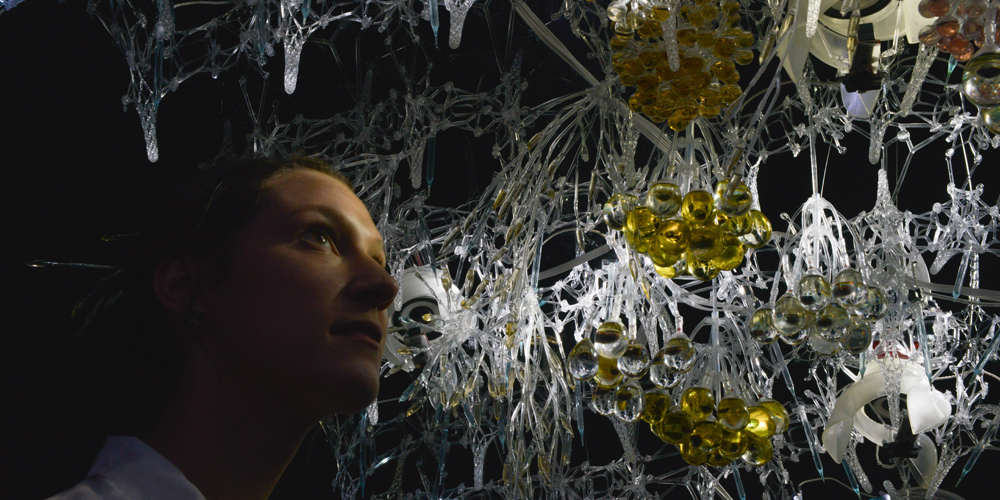
Sentient Veil
Philip Beesley
Sentient Veil is a jewel-like canopy containing multiple miniature sound processors interwoven with hundreds of digitally controlled lights installed within the historic galleries of the lsabella Stewart Gardner Museum. The work pursues intimacy and sensitivity through intricate miniature components and layers of diffusive, hovering material close to the scale of a human body. Sentient Veil…
-
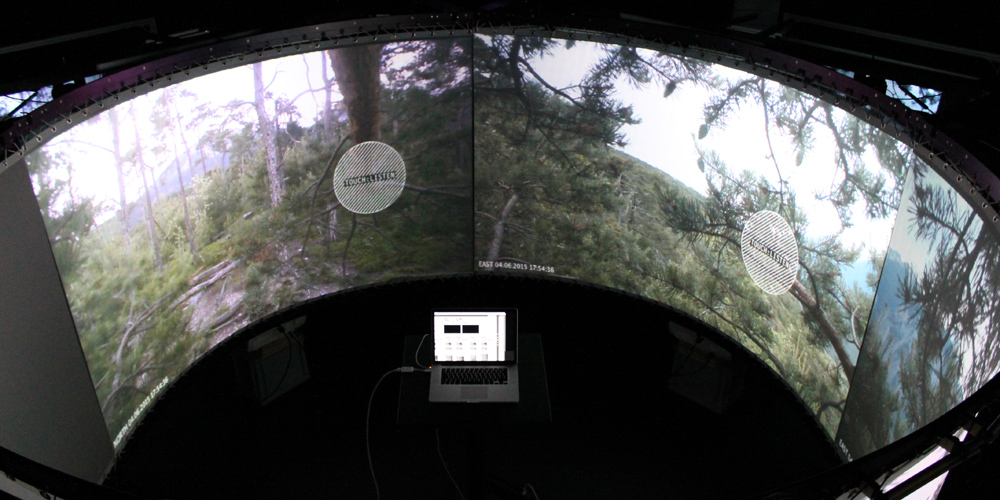
treelab
Marcus Maeder, Roman Zweifel
The goal of our artistic-scientific research project trees: Rendering Ecophysiological Processes Audible, was to connect sounds that occur in trees with ecophysiological processes and thus investigate and render perceptible processes in plants that are not noticeable to humans. The acoustic emissions of a tree in the Swiss Alps were recorded with special acoustic sensors, and…
Nominations 2017
-
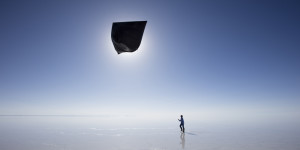
Aerocene Foundation
Tomás Saraceno
Aerocene is a multi-disciplinary project that proposes a new epoch. In the wake of the debates on the Anthropocene, the project foregrounds the artistic and scientific exploration of environmental issues, and promotes common links between social, mental, and physical ecologies. A synthesis of art, technology, and environmental awareness, Aerocene embodies a vision for fuel- and…
-
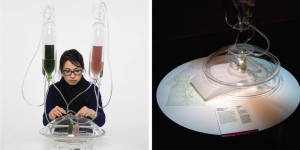
Algaerium Bioprinter and Algae Printing
Marin Sawa
Algaerium Bioprinter is an installation contextualizing the Algae Printing technology and points towards bioindustry–an emerging development within the field of biodesign from ‘intellectual consumption’ to ‘utilitarian consumption’.
-
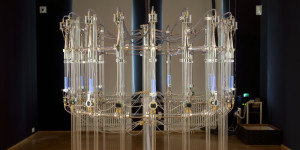
aura calculata
Tim Otto Roth
The kinetic sculpture aura calculata weaves a continuously changing microtonal sound carpet by the variation of the water levels in 18 transparent acrylic glass pipes. The triangular growth pattern of a Pacific sea mussel exhibited on a separate column refers to the driving principle behind the sculpture: The tones are created without any directing control…
-
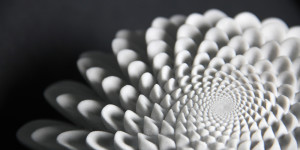
BLOOMS 2: Strobe Animated Sculptures
John Edmark
Blooms are 3D printed sculptures designed to animate when spun under a strobe light. Unlike a 3D zoetrope, which animates a sequence of small changes to objects, a bloom animates as a single self-contained sculpture.
-
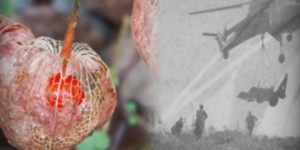
Brian Eno’s The Ship – A Generative Film
Dentsu Lab Tokyo
This is a music video project for The Ship a 21m20s minute long musical score released by Brian Eno, the harbinger of generative music genre. Considering how Eno constantly questions the approach and process of creating state-of-the-art music, instead of developing a conventional music video, the project utilized artificial intelligence to create a generative film,…
-
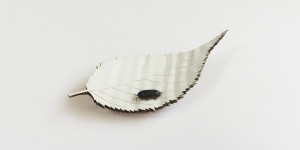
Bug’s Beat
Yumi Sasaki, Dorita Takido
Humans cannot normally hear the sound of a bug’s footsteps. But Bug’s Beat transmits the amplified sound of a bug’s footsteps directly to the human auditory system through directional speakers. And by vibrating the listening chair via vibration speakers every time the bug takes a step, this device allows the observer to perceive sound as…
-
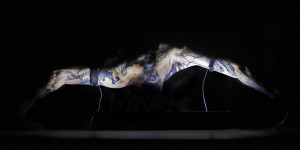
Corpus Nil
Marco Donnarumma
Corpus Nil is a performance exploring hybrid forms of identity and musicianship through an intense and ritualistic interaction between an artificially intelligent musical instrument, a human body, and sound.
-
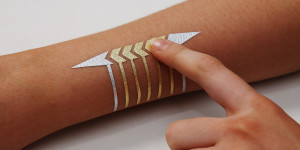
DuoSkin
MIT Media Lab – Living Mobile Group, Microsoft Research – Natural lnteraction Group
DuoSkin is a fabrication process that enables anyone to create customized functional devices that can be attached directly on their skin. Using gold metal leaf, a material that is cheap, skin-friendly, and robust for everyday wear, we demonstrate three types of on-skin interfaces: sensing touch input, displaying output, and wireless communication.
-
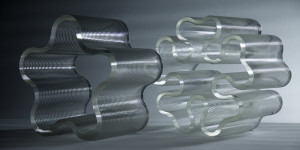
G3DP V2: High Fidelity Additive Manufacturing of Transparent Glass Structures across Scales
The Mediated Matter Group, MIT Media Lab
This research presents a high fidelity, large-scale, additive manufacturing technology for optically transparent glass combined with demonstrations of novelty – fully transparent glass structures at architectural scale.
-
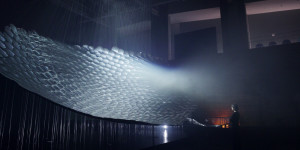
Light Barrier 3rd Edition
Mimi Son, Elliot Woods / Kimchi and Chips
The Light Barrier series of artworks create a semi-material mode of existence, materializing objects from light. The name refers to the light barrier in relativistic physics, which delineates between that which is material and that which is light. Light Barrier Third Edition is a new installment in this series of works, expressing the confusion and…
-
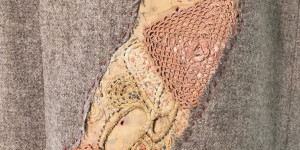
Make Do and Mend
Anna Dumitriu
Make Do and Mend references the 75th anniversary of the first use of penicillin in a human patient in 1941 and takes the form of an altered wartime woman’s suit marked with the British Board of Trade’s utility logo CC41, which stands for ‘Controlled Commodity 1941’. The holes and stains in the suit have been…
-
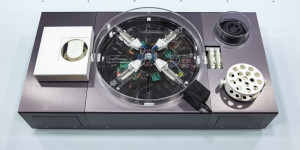
Microbial Design Studio: 30-day Simit Diet
Orkan Telhan, Karen Hogan, Mike Hogan
Microbial Design Studio is an automated and networked biolab that is designed to perform transgenic experiments, which interrogate ethnical, cultural, and political issues in life sciences. In this submission, the platform is introduced with the 30-day Simit Diet. Microbial Design Studio is used to generate a special diet using traditional Turkish simits (savory goods similar…
-
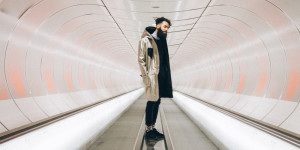
Project KOVR
Leon Baauw, Marcha Schagen
Clothing has always been a means to protect ourselves against the threats of the biosphere, and Project KOVR protects the individual from the infosphere. By testing and combining different layers of metalliferous fabrics, Dutch designers Schagen and Baauw found an effective solution to protect the individual and his/her everyday tech-devices from radio waves and radiation.
-
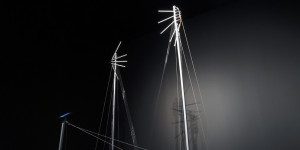
Silk
::vtol::, Dmitry Morozov
The installation Silk tracks the real time changes in the market activities related to cryptocurrencies Bitcoin and Litecoin. The constantly changing currency rate of Bitcoin against major world currencies is influencing the strain of strings in installation and the way the picks are hitting them. The robotic system of the artwork is directed by a…
-
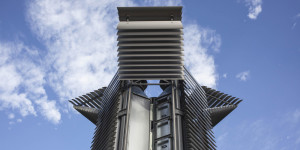
Smog Free Project
Daan Roosegaarde and his team of experts
The Smog Free Project offers a journey through innovation, as an experience of a clean future and a local solution for parks and public spaces. It consists of the largest outdoor vacuum cleaner in the world, the Smog Free Tower, and Smog Free Jewellery, made from its captured smog.
-
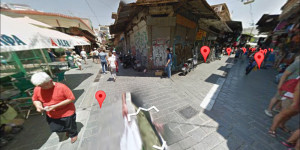
sonicPlanet GeoComposer/GeoPlayer
Sinan Bökesoy
GeoComposer is a location based 3D soundscape composition platform, an iOS app. Recordings can be placed as sound objects at GPS locations on the map and parameters can be assigned to define their behavior in a virtual 3D soundscape. You can walk on a physical environment and the position, an-gle/distance to the sound objects interacts…
-
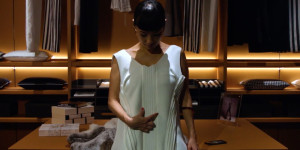
Speculative, Fashionable, Wearable
Daijiro Mizuno, Kazuya Kawasaki
The work aims to speculate on sartorial appearances of the future through blending fashion design and wearable technology.
-
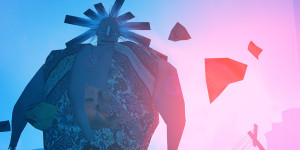
Ugly
Nikita Diakur
Inspired by the story Ugly the Cat found on a website featuring wisdom quotes and sad stories, Ugly is a broken simulated short film about a Native American chief and an ugly cat trying to find peace in an evil neighborhood.
